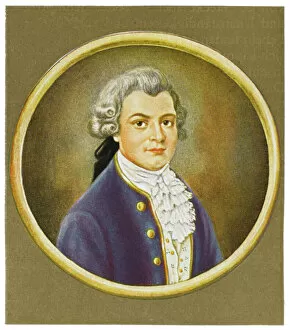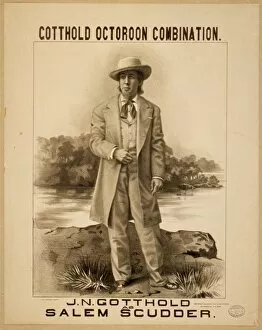Gotthold Collection
Gotthold Ephraim Lessing (1729-1781) was a renowned German writer, engraver, and critic
All Professionally Made to Order for Quick Shipping
Gotthold Ephraim Lessing (1729-1781) was a renowned German writer, engraver, and critic. His contributions to literature and theater have left an indelible mark on the cultural landscape. Lessing's home in Berlin served as a sanctuary for his creative pursuits. It was within these walls that he penned some of his most influential works, including "Minna von Barnhelm" and "Emilia Galotti. " The atmosphere of intellectual stimulation and artistic inspiration permeated every corner of his abode. As an engraver, Lessing showcased his talent through various mediums. From lithographs to oil paintings, steel engravings to aquatints, he skillfully captured the essence of his subjects. One such masterpiece is Johann Heinrich Tischbein's 1760 portrait of Lessing, which immortalizes the dramatist's thoughtful gaze and commanding presence. Anton Graff also sought to capture Lessing's essence in his artwork. Through engravings and paintings alike, Graff depicted the writer with meticulous detail and reverence. These visual representations stand as testaments to Lessing's impact on both literary circles and society at large. In Luigi Rados' early 19th-century aquatint after Jean Baptiste François Bosio's work, we see another interpretation of Lessing - one that highlights not only his intellectual prowess but also his humanity. The delicate lines evoke a sense of depth and emotion rarely seen in traditional portraits. Even wood engravings from 1854 pay homage to this literary giant. They serve as reminders that even long after his passing, Lessing continues to inspire generations with his words and ideas. Gotthold Ephraim Lessing remains an icon in German literature - a man whose legacy lives on through timeless works that challenge societal norms while championing reason and tolerance. His multifaceted talents as a writer, engraver, critic, and thinker have solidified his place in history as a true Renaissance man.











